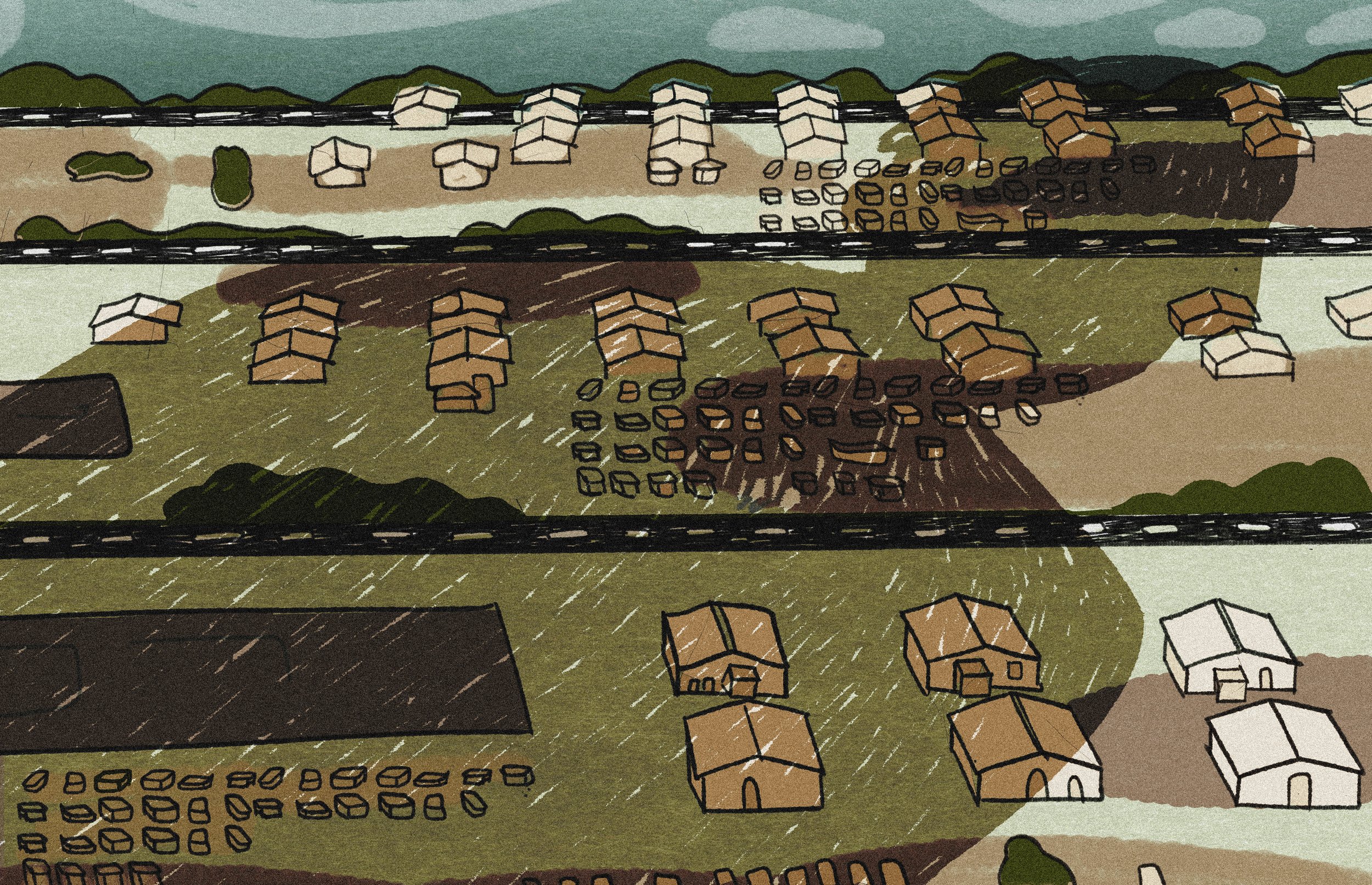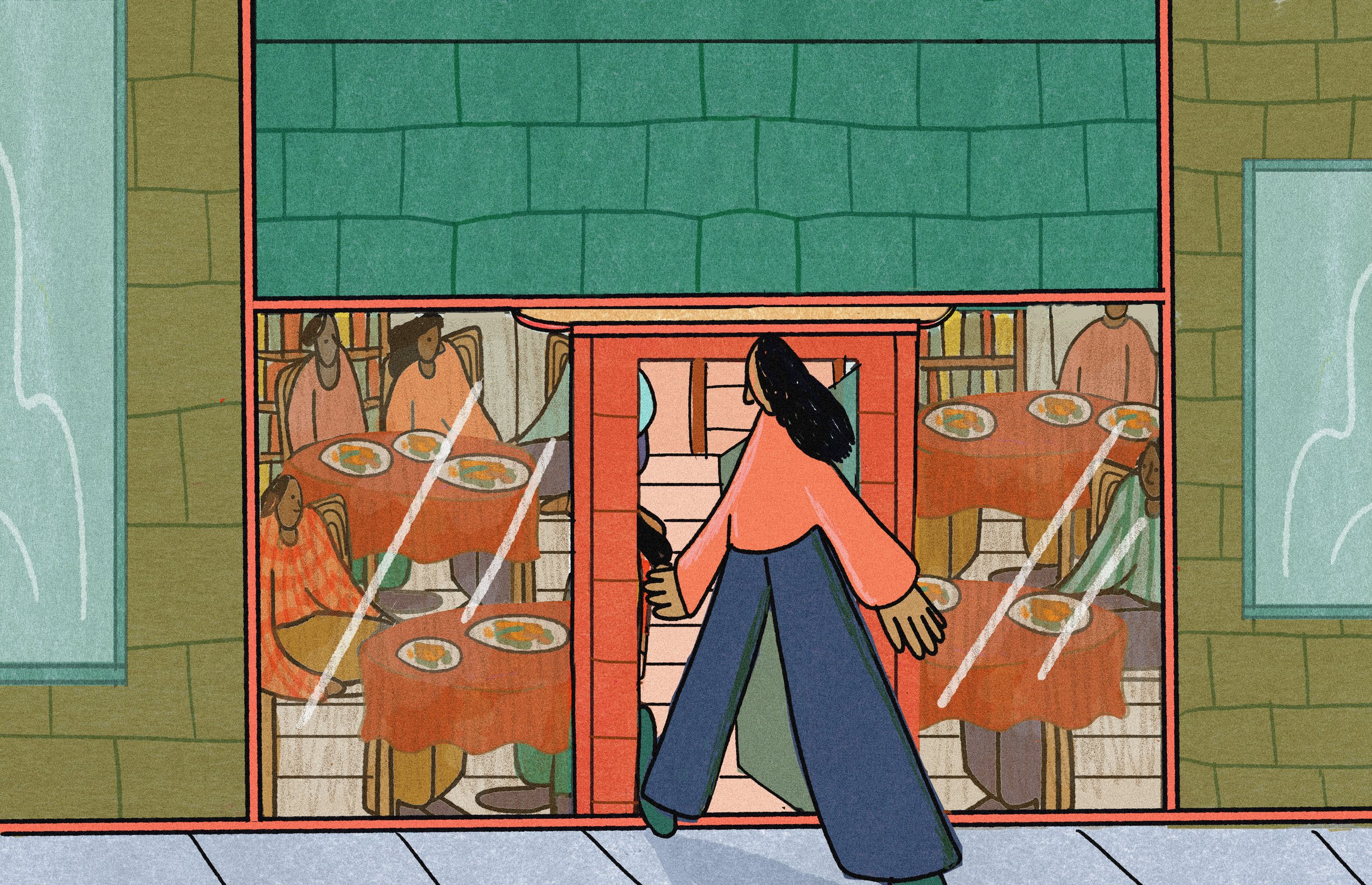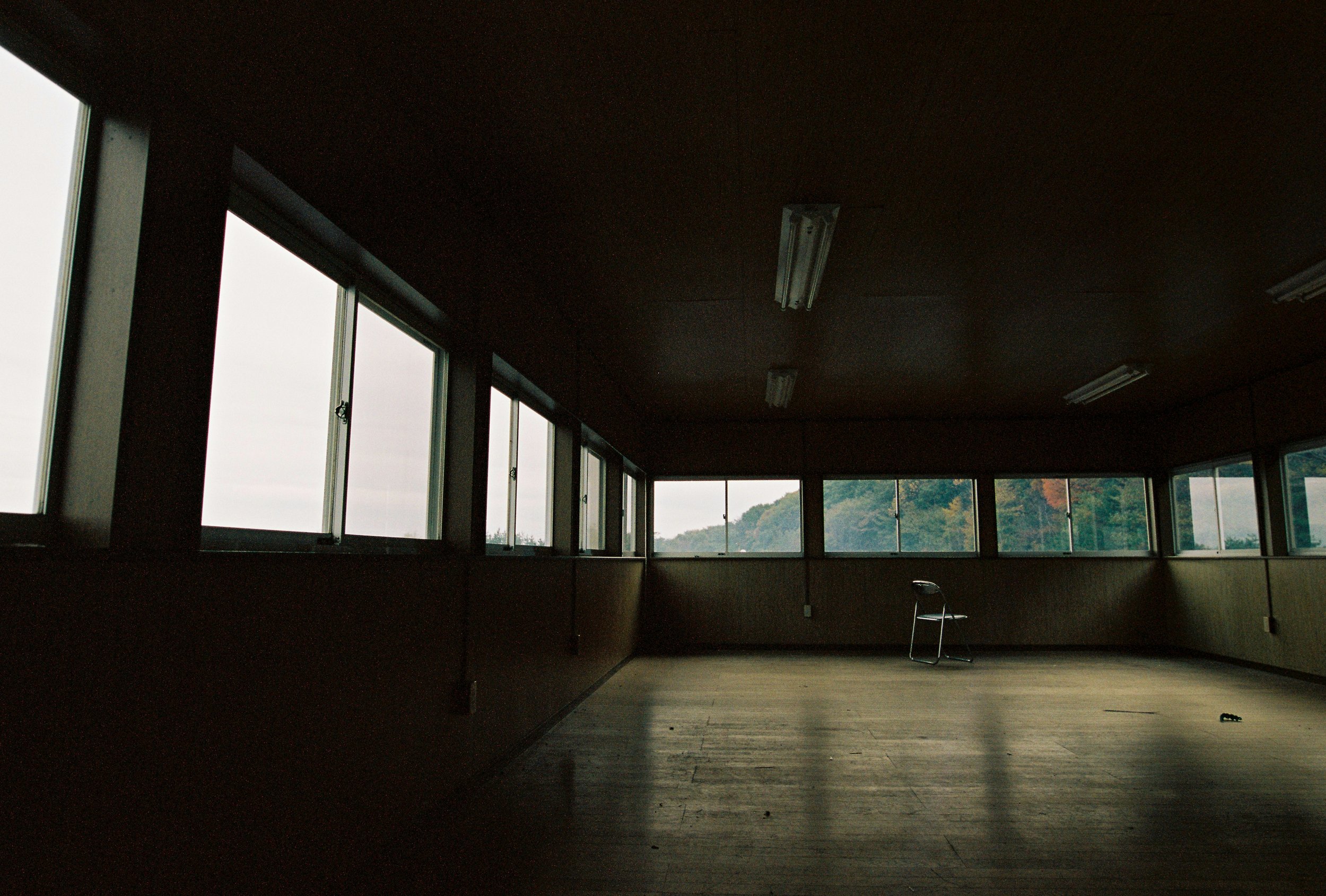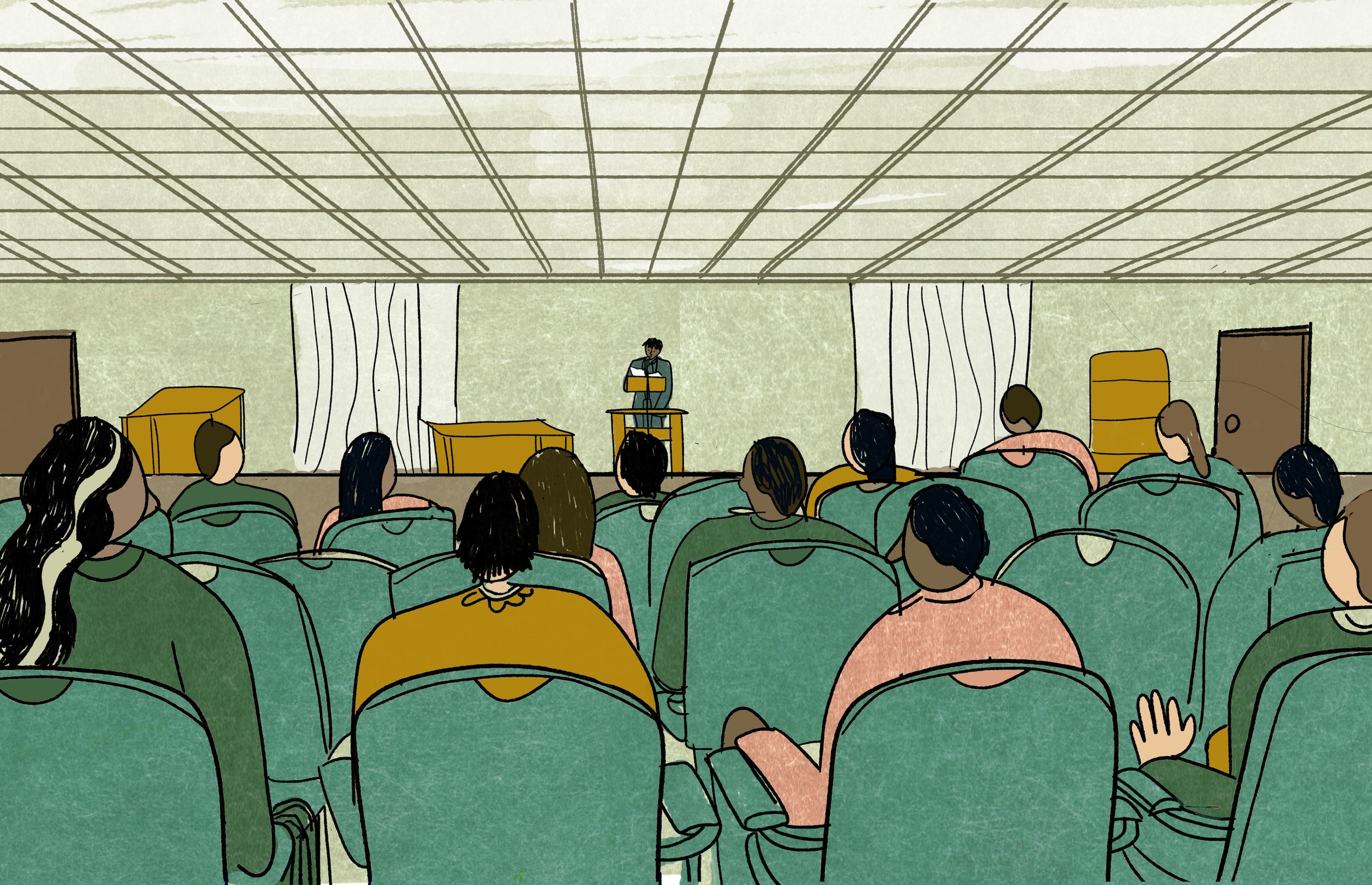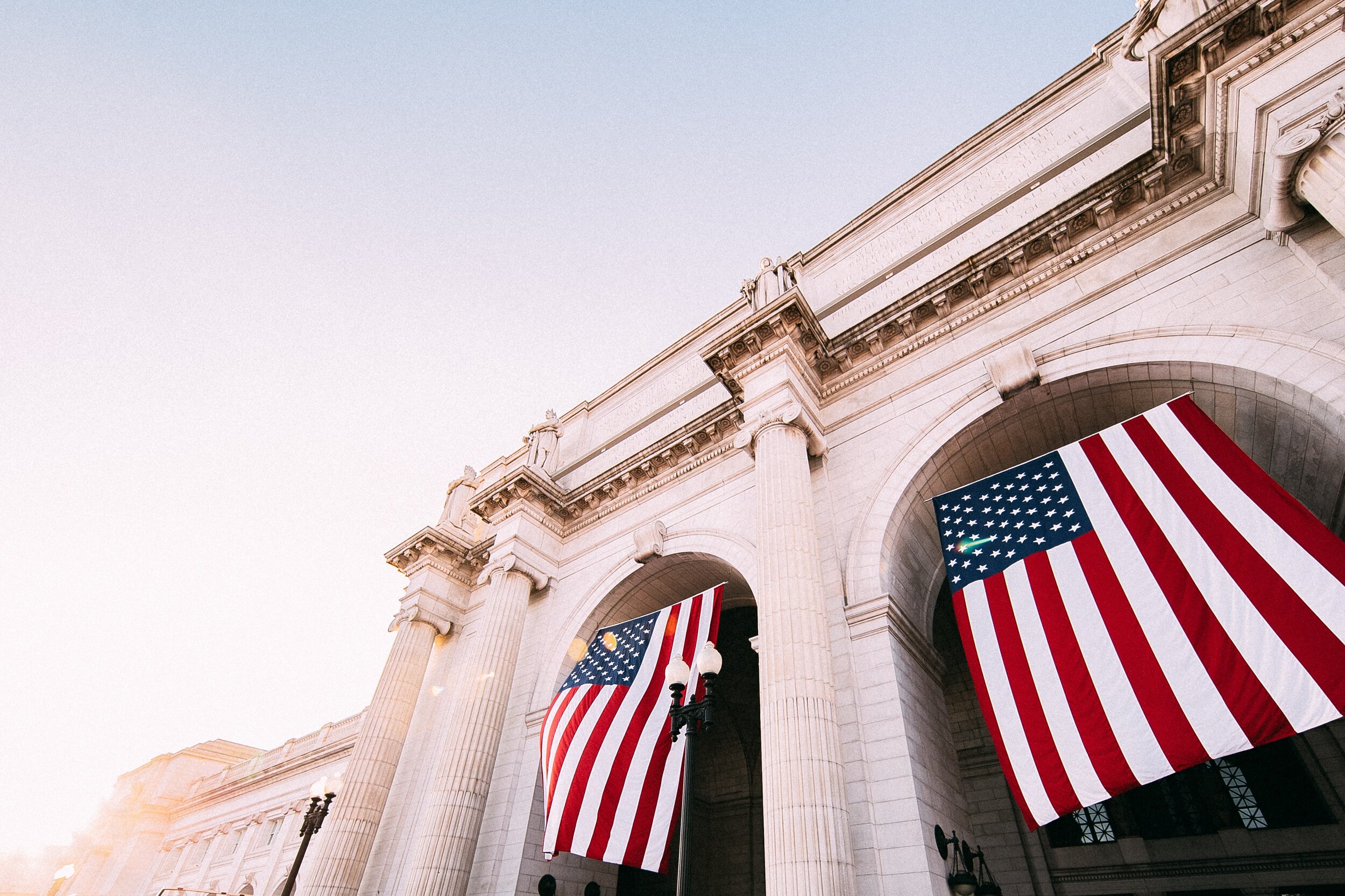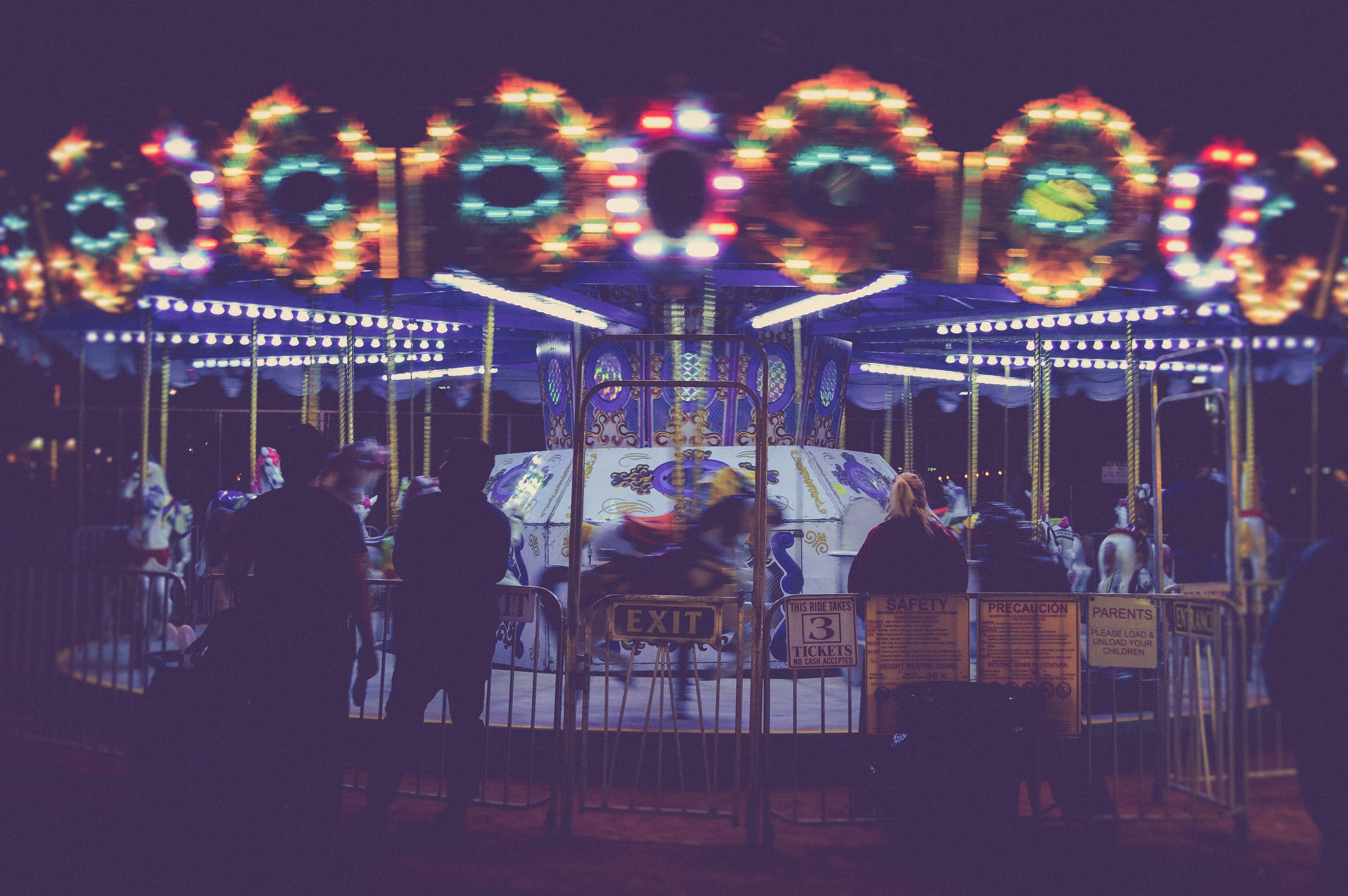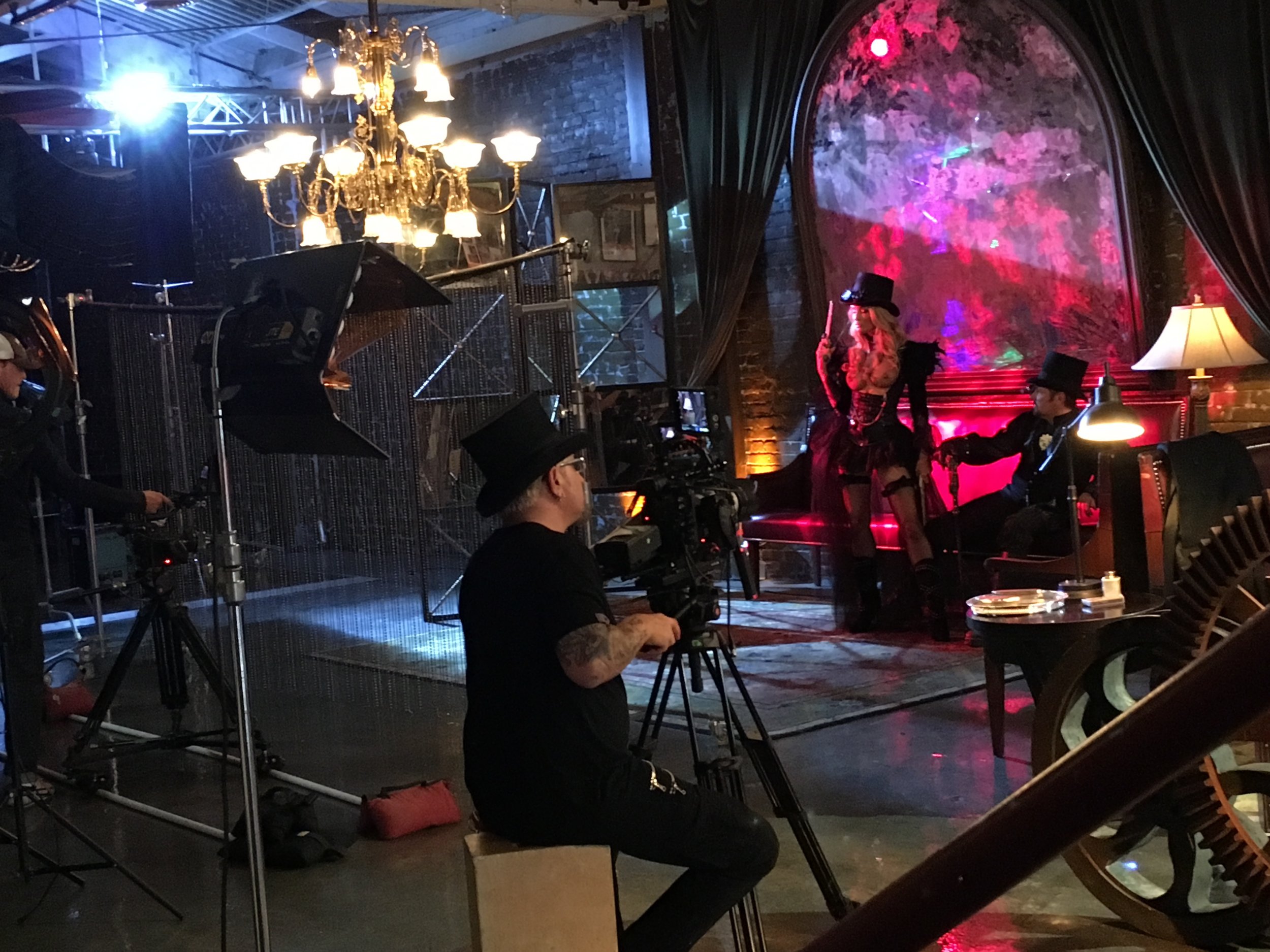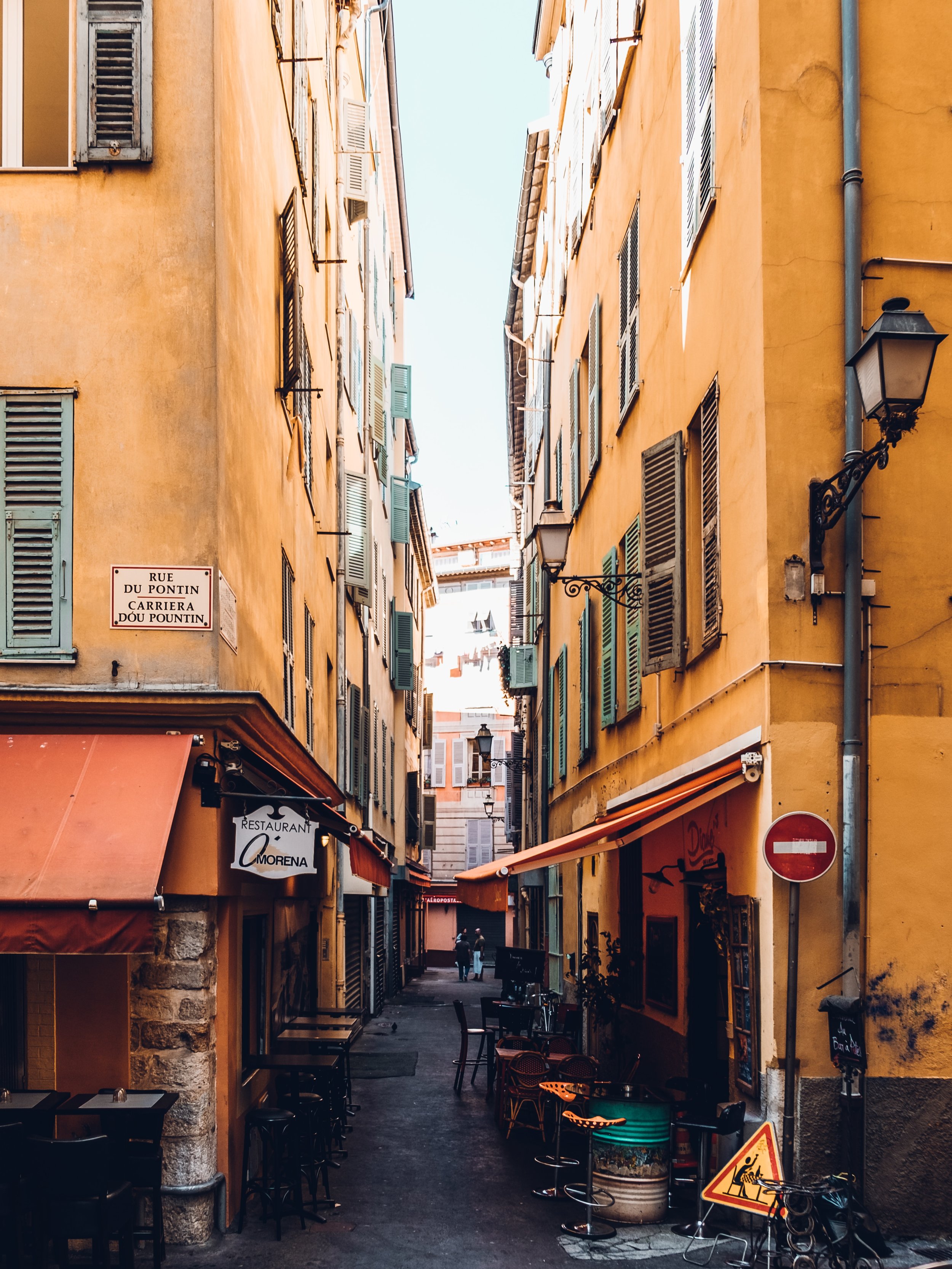On Keeping a Sketchbook

What happens when you sit down and draw the world? After we talked to reporters who scribble in notebooks, and photographers who hustle for the perfect shot, we wanted to hear from an illustrator who endeavors to capture an alien world in sketch form. Candace Rose Rardon casts the sketchbook in a fascinating light—not just as a tool for rendering place, but as a means for drawing out its characters. Out they come, when the artist plunks down.
Off Assignment: What are we looking at?
Candace Rose Rardon: It’s a street in Chinatown, San Francisco. I sketched it for an assignment about “traveling around the world” within San Francisco. I’ve spent a lot of time traveling in Asia, so it felt right to begin in Chinatown, under the lanterns.
OA: How long did you sit there?
CRR: I’m a very slow artist, so I spent about five or six hours at this scene. I found just about the only bench in Chinatown, on Grant Street, right outside a place called the Wok Shop. As soon as I sat down, one of the shop’s employees—a man named Randy—came out, and people started milling around me. It takes me a lot longer to sketch when people enter the moment.
OA: People come right up to you while you’re drawing?
CRR: Totally. What’s always struck me about art—these two kinds, writing and drawing—is just how differently strangers react to them. If I sit and just take notes in a notebook, not a lot of people are going to come up and ask me what I’m writing. But the minute I start drawing, it’s like moths to a flame.
I once spent a week sketching in Cartagena, Colombia, and got to know many of the city’s municipal workers: a security guard at the Plaza de San Pedro Claver; the trash men who swept the streets; a coffee vendor named Wilmet. Everyday, they’d be like, “What’d you sketch yesterday? What are you going to sketch today? Let me see.”
OA: Why do you think that is?
CRR: A sketch is a very tangible interpretation of a place. With a writer’s notes, people have to take time to read them, but with art they can literally look at the picture and react. There’s a possibility of live and direct comparison: They can see my interpretation as it unfolds, find the connection between what’s moving me to create, and what I’m creating.
OA: And do people usually give feedback?
CRR: Yes—which I find hilarious. I remember sketching on the steps of the Boudhanath Stupa in Kathmandu, and a Nepalese guy came up, and he’s like: “But you left out the trash can!” Strangers have no qualms about offering their critiques.
OA: It’s almost like you’re getting to play observer, disguised as a person at work?
CRR: Exactly. Art is very neutralizing. Nobody gets alarmed when you’re sitting there making a picture.
I remember in Bosnia, there was this one street that I was sketching, and people just kept coming up and pointing to the buildings I was drawing and saying, “That’s my home,” or “This is my neighborhood,” and it was such a fascinating way to say back to them, I care about your home. Because that’s what the process of art can convey: care. You’re investing so much more time and attention than someone taking a digital photograph.
OA: So you feel a drastic difference—between photography and sketching?
CRR: I love both mediums. But the reason I love sketching above all is that it almost marries writing and photography. When I’m doing a sketch, I’m writing about that place through lines and shapes. I’m paying just as much attention as if I was sitting there taking notes. Every sketch is a series of decisions, granting importance to certain elements in the scene. And yet it also results in a visual record, as photography does.
OA: In The Art of Travel, Alain de Botton explores this idea that the finest way to apprehend beauty is to attempt to recreate it yourself. Is this what you’re doing when you sketch? Articulating beauty, as you see it?
CRR: Maybe it’s not so much about beauty; my sketch is never going to live up to reality. Later, I’ll wish I could’ve captured the light better, the details better. But it’s just my way of chiseling the foreignness away, getting to the heart of what was so alien when I sat down and opened my sketchbook.
OA: Did this sketch help you chisel into Chinatown?
CRR: It did. There was this woman in her seventies named Maggie, who was born in Hong Kong. She had a walker but kept coming down to the bench where I was sketching, bringing treats: fresh egg rolls, juice, a whole bag of fortune cookies from the Wok Shop. We sat there and cracked open our cookies and read our fortunes to each other. The last thing she brought down was a painting, the only painting she said she’s ever done, back in 1973. Randy, who works at the Wok Shop, was kind of amazed. He said, “She’s never brought that down, ever.”
When I was leaving, Maggie said something that encapsulated that entire day in Chinatown. She knew I loved traveling, but also that I lived in San Francisco, very nearby. But the last thing she said to me was, “Enjoy your travels,” as if I was just passing through.
But I thought, you know what? That’s the perfect ending to this day, because I did feel like I’d spent the day in Hong Kong, and I was a ten-minute walk from my apartment. It was a forceful lesson that traveling has nothing to do with distance from our daily lives; it’s a mode, who we become in that moment. Am I alive? Am I engaged? There’s this switch in perception that flips when I open my sketchbook. Suddenly, I become the person I am when I’m traveling.
ABOUT THE ARTIST
Candace Rose Rardon is a sketch artist and writer based in Montevideo, Uruguay. Her work has appeared on National Geographic’s Intelligent Travel site, World Hum, BBC Travel, and in Lonely Planet travel anthologies, among others. She is the author of Beneath the Lantern’s Glow: Sketches and Stories from Southeast Asia and Japan. See more of Candace's work here, and read her tips on sketching here.
Interview conducted by Colleen Kinder

